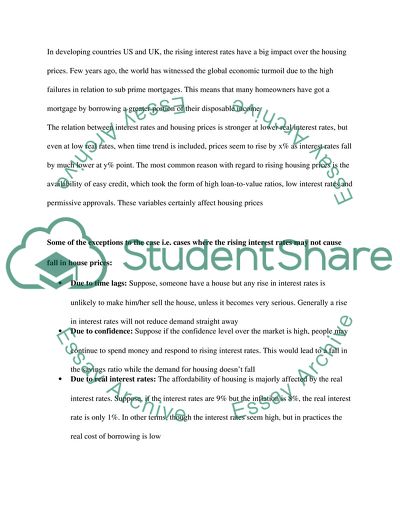Cite this document
(How Did the Interest Rate Affect the Housing Prices Dissertation - 1, n.d.)
How Did the Interest Rate Affect the Housing Prices Dissertation - 1. Retrieved from https://studentshare.org/family-consumer-science/1751281-how-did-the-interest-rate-affect-the-housing-prices-what-drives-overseas-investors-to-invest-in-uk-housing-market
How Did the Interest Rate Affect the Housing Prices Dissertation - 1. Retrieved from https://studentshare.org/family-consumer-science/1751281-how-did-the-interest-rate-affect-the-housing-prices-what-drives-overseas-investors-to-invest-in-uk-housing-market
(How Did the Interest Rate Affect the Housing Prices Dissertation - 1)
How Did the Interest Rate Affect the Housing Prices Dissertation - 1. https://studentshare.org/family-consumer-science/1751281-how-did-the-interest-rate-affect-the-housing-prices-what-drives-overseas-investors-to-invest-in-uk-housing-market.
How Did the Interest Rate Affect the Housing Prices Dissertation - 1. https://studentshare.org/family-consumer-science/1751281-how-did-the-interest-rate-affect-the-housing-prices-what-drives-overseas-investors-to-invest-in-uk-housing-market.
“How Did the Interest Rate Affect the Housing Prices Dissertation - 1”, n.d. https://studentshare.org/family-consumer-science/1751281-how-did-the-interest-rate-affect-the-housing-prices-what-drives-overseas-investors-to-invest-in-uk-housing-market.


